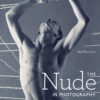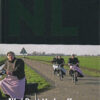Terug/Home/Webwinkel ramsj.nl /Kunst/Fotografie/Balls and Bulldust
Ed Ruscha
Balls and Bulldust
Balls and Bulldust
€ 68,00 Oorspronkelijke prijs was: € 68,00.€ 12,50Huidige prijs is: € 12,50.
ISBN: 9783869307077.
Bindwijze:
geb
Taal:
EN
Uitgever:
Steidl
Auteur:
Ed Ruscha
Paginas:
162
Categorieën: Fotografie, Kunst.
Balls and Bulldust’ explores life and work among the cattlemen of the Northern Territory in Australia. A story about men and women working intensely hard while seeking some kind of solitude and sense of space in the midst of harsh conditions. For some, life in Australia’s outback is a life-long routine. The young are attracted by its romanticism, but are often shattered by its hardships.
Gerelateerde producten
kunst
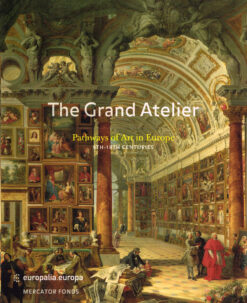
The Grand Atelier
Long before its emergence as a political entity, Europe was distinguished by its intense traffic in goods and people. We too often forget that the trade routes and other navigable highways were trafficked at a very early stage by artists, works of art and rich patrons desirous of satisfying their appetite for beauty. Well-known and lesser known works offer an insight into this "European space for art and ideas" which already existed at the dawn of the Middle Ages. With its remarkable and often spectacular works, 'The Grand Atelier' illustrates various facets and many forms of this artistic interaction. The work covers a long period in the history of art, from the fifth century – the fall of the Roman Empire in the west – to the eighteenth century – the birth of the first great museums; calling on 350 works from well over a hundred European collections. The texts in the catalogue stem from the pens of several European luminaries in the history of art. Mercatorfondspap - 335 blz
kunst
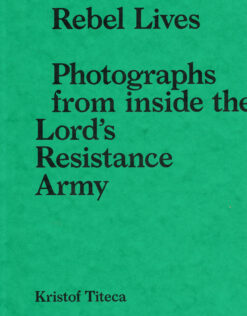
Kristof Titeca
Rebel Lives
The Lord's Resistance Army, led by the infamous Joseph Kony, is a rebel group that was active in Northern Uganda from the second half of the 1980s. The rebellion became notorious for the use of extreme violence, in particular its large-scale abductions of civilians, of which more than half were children. 'Rebel Lives' is a visual story about life inside the rebel group: based on photographs taken by LRA commanders between 1994 and 2004, it documents life inside the group, and depicts the rebels as they wanted to be seen among themselves and by the outside world. Kristof Titeca, senior lecturer in Development Studies and expert on the LRA, collected this material, and used it to trace the photographed (former) rebels. Together with Congolese photographer Georges Senga, he travelled back to photograph the former rebels in their current context, and give a voice to these actors. This visual story is not only about the LRA. It is a story about conflict in all times, and all places, where the limits of victim and perpetrator have become blurred, where people struggle to survive and find their place, and where children in particular bear the brunt of this tension. Hannibalpap - 288 blz
kinder- & jeugdboeken
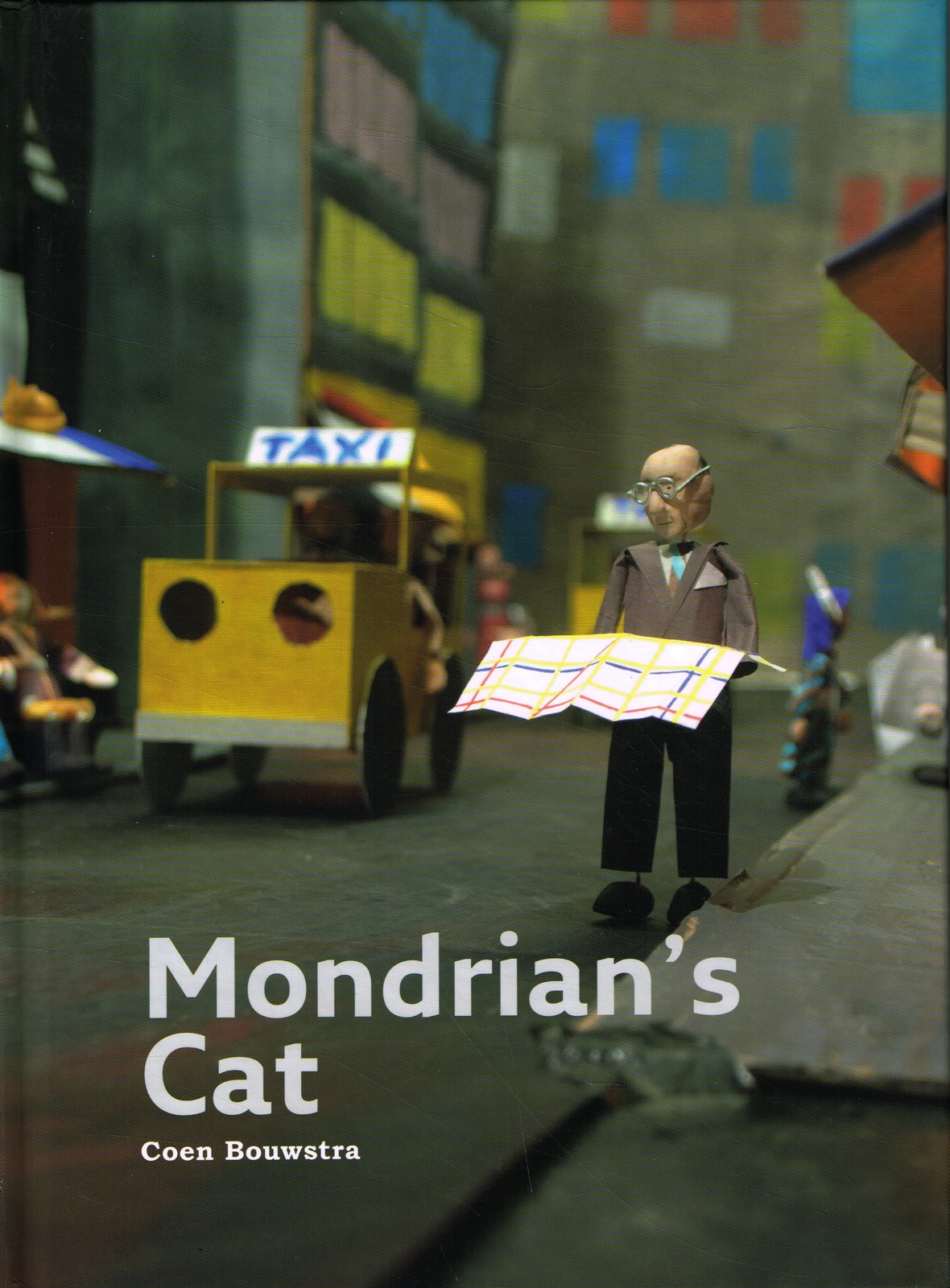
Coen Bouwstra
Mondrian’s cat
A timeless reading and reading book for young and old about the life and work of artist Piet Mondriaan, in honor of his 150th year of birth. In Mondriaan's Cat you get to know the famous painter Piet Mondriaan. He is best known for his paintings with black lines and red, blue and yellow areas. But he painted more. In this book he and his cat take you through his development as a painter who started in the Netherlands. He then went to Paris and in his last years he lived in New York. Mondrian was fascinated by colors and lines and developed into one of the greatest painters of abstract art. Everyone knows Piet Mondriaan, but his work is difficult to understand. That is why it is all the more admirable that Coen Bouwstra, author and illustrator, succeeds in making the painter's work accessible to the very youngest. In beautiful scenes he shows what moved Mondriaan. Mondriaan paid attention to color and the patterns in the landscape. He moved further and further towards the abstract, culminating in his Victory Boogie Woogie, inspired by Boogiewoogie music. SPA uitgeversgeb - 32 blz
kunst
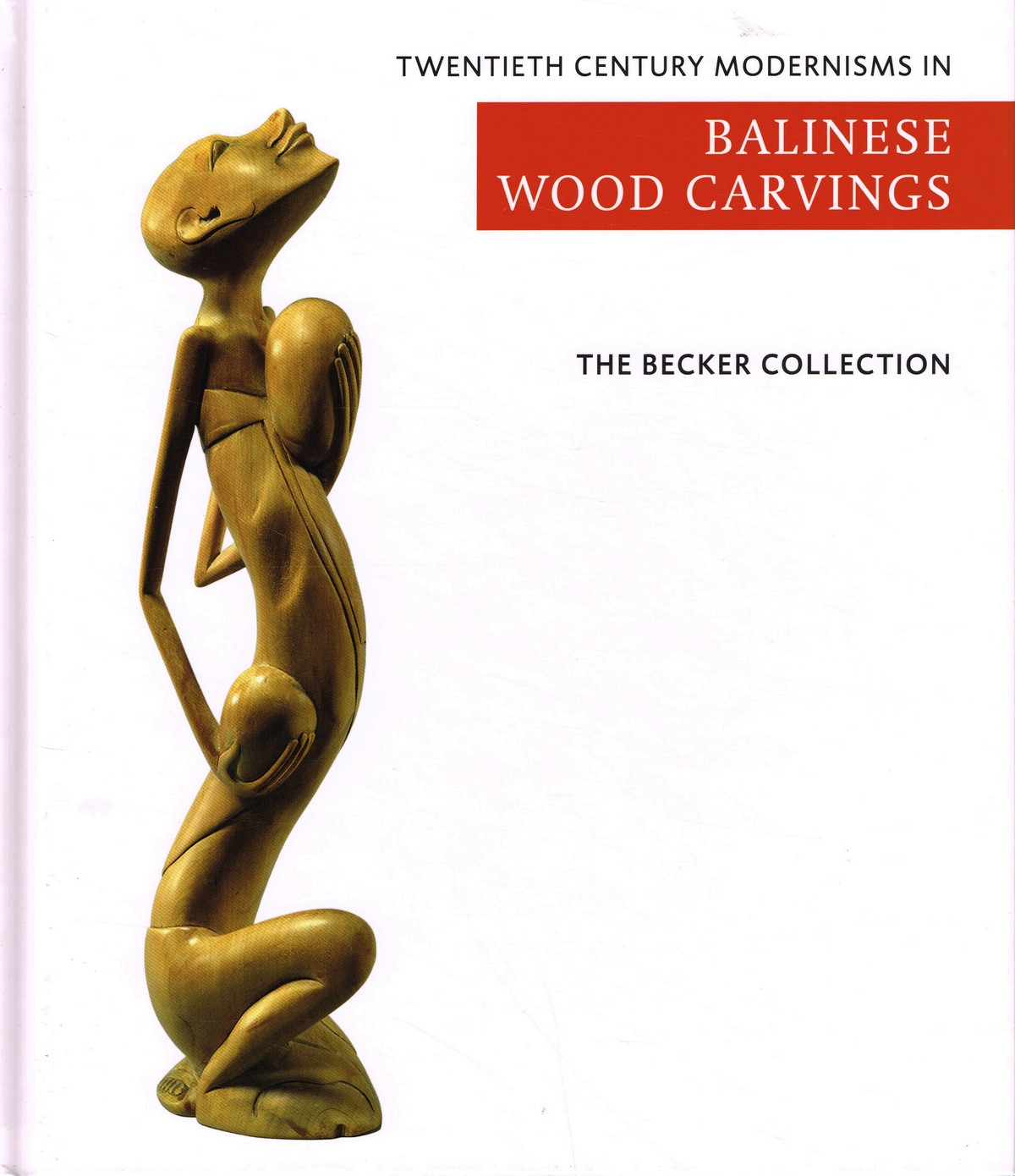
Ton & Mies Becker
Twentieth Century Modernisms in Balinese Wood Carvings
'The Becker Collection - Twentieth century modernisms in Balinese wood carving' contains the private collection of twentieth century ?modern style? Balinese wood carvings, collected by Ton and Mies Becker, both retired medical specialists and collectors of Asian art. Between the 8th and 10th century Hindu influences spread to Bali and blended into the exiting Balinese mix of animistic and Buddhist styles and subjects, known as Bali Aga. Hence, in due time the craftsmen obtained the subjects for their works from the Hindu-Balinese religion and their heroes and demons from famous Hindu epics. This particular style became known in the Western art world as the ?Traditional or Old Balinese style?. In the 20th century the arts and crafts scene in Bali changed completely. First because of Western artist who visited Bali and stayed on to work there and, second, because of the gradual influx of increasing numbers of foreign tourists. In addition the Dutch colonial government started a military campaign to control the powerful kingdoms of central and southern Bali. As a result the local craftsmen lost their royal support and soon realized that foreign tourists were not particularly interested in gods and heroes. Hence, stimulated by some of the Western artists who had settled in Bali, they turned to secular subjects taken from nature and everyday life and became more impressionistic in the execution. This led to a range of new styles, often impressionistic and sometimes even minimalistic and caricatural with bizarre elongated shapes or solid compact forms. In this book we are concerned with this particular type of 20th century ?Modern Style? Balinese wood carving. The catalogue contains 40 objects of ?modern style? wood carving, representing different styles. Each object is photographed, both as an overview and in details if so requested. A brief description of each object is provided, together with the estimated date, and additional information is provided if considered useful. The catalogue is preceded by an essay on the history of Balinese wood carving. Van Spijkgeb - 144 blz
